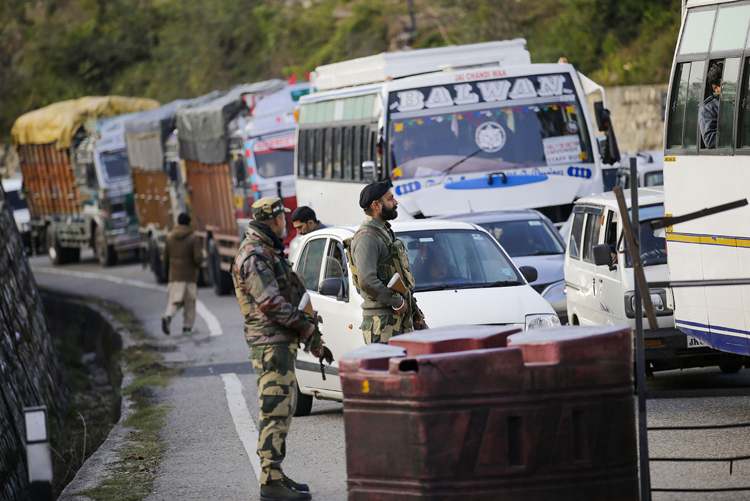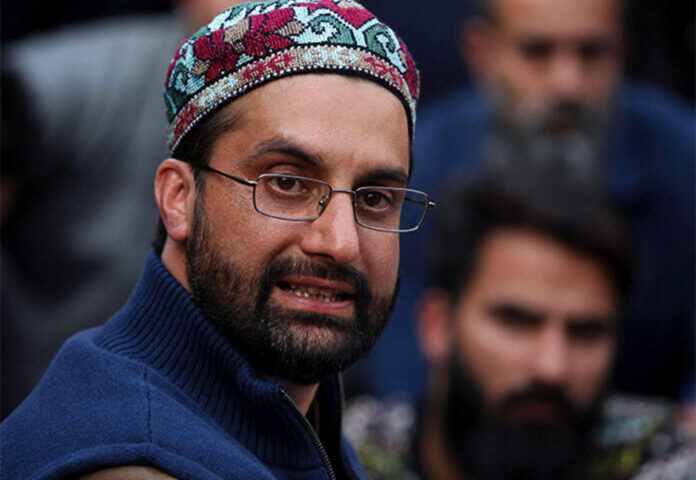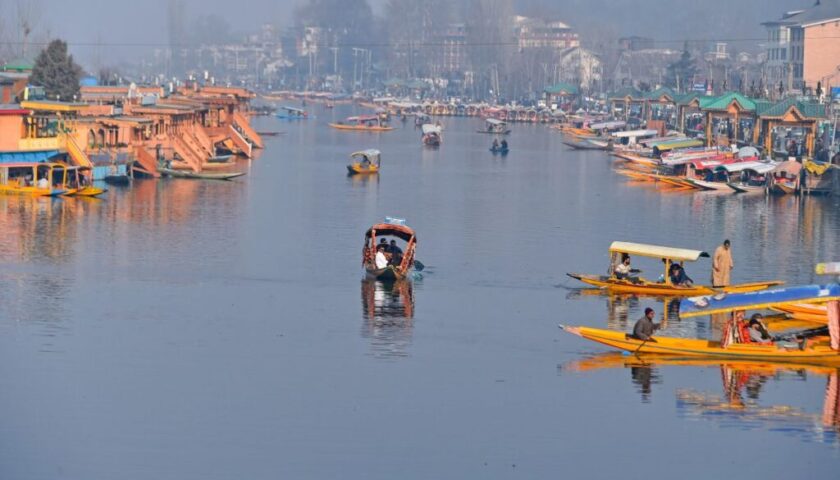Kashmir in a Chokehold: How Overlapping Systems of Control and Neglect Are Strangling Everyday Life
By: Javid Amin | Srinagar | 06 July 2025
Between Heat & Control
Life in Kashmir has always carried a heavy load—geopolitical tension, conflict, and natural beauty bound in contradiction. But in recent years, a new kind of suffocation is gripping the Valley—one marked not only by rising temperatures but also by overlapping systems of control, neglect, and policy-induced chaos.
In 2024 and 2025, as temperatures cross 37°C and hit record-breaking highs, Kashmiris are finding it harder not just to stay cool, but to move, live, and survive. What might seem like a routine commute or hospital visit elsewhere becomes a multi-hour ordeal in Kashmir, thanks to convoy culture, Amarnath Yatra gridlocks, and an unresponsive administration.
Let’s take a closer look at how these systems intersect, amplify suffering, and collectively strangle the daily lives of ordinary Kashmiris.
Convoy Culture — When Security Paralyzes Life
The Unseen Blockade
In the name of national security, military and VIP convoys regularly traverse the highways and city roads of Kashmir. While security is important, the lack of real-time alerts, designated corridors, or public consultation turns every convoy movement into a civilian nightmare.
Daily Impact
- Traffic halted for hours, even during school and office peak hours.
- Ambulances and emergency vehicles stuck, unable to reach hospitals.
- No alternate routes, with people often left stranded under direct sun.
- No heat shelters or water points provided during prolonged halts.
Public Reactions
People have taken to social media to express despair:
“I left home at 10 AM to buy medicine. Got stuck near Nowgam for 2 hours because of a convoy. My mother’s BP shot up. No police to help. No one cared.”
Convoy culture has become a symbol of hierarchy: a clear message that some lives move, while others must wait.
Amarnath Yatra Gridlock — Sacred, Yet Suffocating
A Sacred Journey, A Broken System
The Amarnath Yatra is one of the most significant annual religious pilgrimages in India. But with its sanctity has come an increasing degree of bureaucratic rigidity that sidelines local needs.
Cut-Off Culture
Strict traffic advisories define:
- Who can travel
- When they can travel
- Where they can travel
Local commuters and public services face blanket roadblocks and vehicle stops. Even if a local car has nothing to do with the Yatra route, it may be halted just in case.
Emergency Paralysis
- Ambulances delayed, sometimes missing the “cut-off windows”
- Patients turned away at checkpoints
- School buses rerouted, causing stress among children
Real Voices
“I had to take my child for dialysis. The traffic police told me to wait until the Yatra convoy passed. I begged, cried, but rules are rules, they said.”
In its current form, the Yatra’s administration is less a celebration of faith and more a bureaucratic chokehold on civilian life.
Extreme Weather + Poor Planning = A Public Health Crises
Heat as a Threat Multiplier
Kashmir is traditionally viewed as a cool, temperate region. But 2024-25 have shattered that perception:
- Srinagar touched 37.4°C, the highest July temperature since 1953
- Pahalgam hit 31.2°C, threatening its alpine ecosystem
- Kupwara recorded 36.5°C, with no official heat action plan in place
Health Fallout
- Increased hospitalizations for heatstroke and dehydration
- No cooling shelters in schools, markets, or public offices
- Overburdened hospitals, particularly in South Kashmir
Compounded by Control
These conditions are made worse by convoy halts and Yatra restrictions:
- People can’t reach hospitals on time
- Medications are delayed
- Outdoor workers suffer without breaks or hydration
“I saw an elderly man faint on Residency Road. We flagged a car to help, but it was stopped for 30 minutes due to VIP movement. He collapsed.”
Administrative Neglect — Whose Life Is Worth Saving?
Lack of Preparedness
Despite the predictability of heatwaves and the annual Yatra, there’s:
- No pre-monsoon public advisories
- No local traffic diversions for residents
- No helpline to assist civilians caught in convoy jams
The Cost of Inaction
Neglect isn’t passive. It’s deadly.
- Schoolchildren fainting due to exposure
- Diabetics missing their insulin windows
- Pregnant women giving birth on roadsides because the ambulance was delayed
This is not just poor planning. It is a systemic failure.
“I’m a teacher. We begged authorities to allow a morning shift to beat the heat. No response. Our students faint in class. Still no change.”
What Can Be Done? A Civilian-Centric Approach
1. Real-Time Public Alert Systems
- Use apps, radio, and WhatsApp to inform citizens of convoy schedules
- Offer alternate route guidance and emergency passes
2. Create Cooling Zones
- Place temporary water tents, shaded areas, and misting fans near traffic choke points
3. Yatra With Inclusion
- Redesign Yatra traffic plans with designated civilian corridors
- Ensure emergency vehicles have priority
4. Empower Local Governance
- Let municipalities handle micro-level traffic and health planning
- Fund ward-level emergency response teams
5. Policy Reform
- Enforce a Heat Action Plan across Kashmir
- Establish a Civilian Movement Rights Charter during sensitive seasons
Bottom-Line: A Right To Move, A Right To Live
In Kashmir, heat isn’t just weather. It’s a political and social event, one that exposes the cracks in systems meant to protect. People don’t just endure climate; they endure systems that ignore them, rules that override their needs, and rituals that do not include them.
This isn’t an argument against security or spirituality. It is a plea for balance, empathy, and rights. The right to move. The right to survive the heat. The right to be counted.
Until systems are reimagined with the civilian at the center, Kashmiris will remain trapped in their own homeland.




